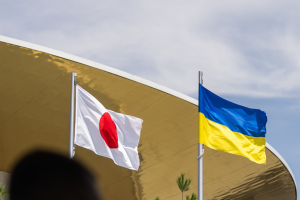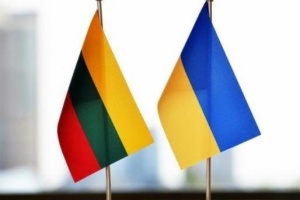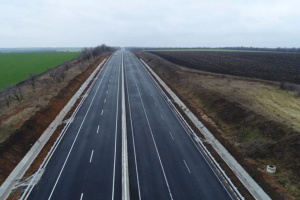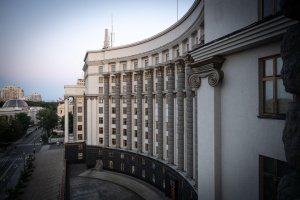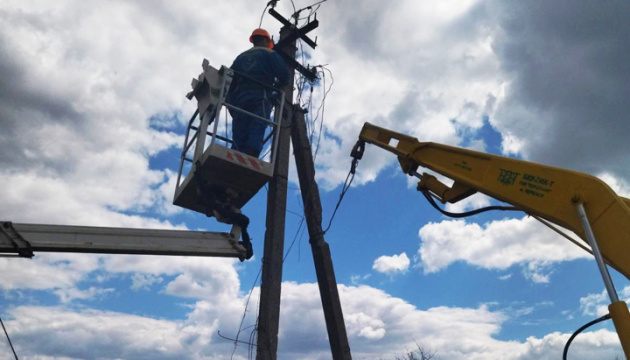
Kherson Oblast: The Light Brings the People Back
In the fall of 2022, when the Ukrainian military were liberating communities in the right-bank part of Kherson Oblast, electric power crews from Chernivtsi Oblast went there to rebuild damaged power lines. Vysokopillia, Arkhanhelske, Pravdyne, Posad-Pokrovske, Tavriiske — electricity would gradually return to large and small villages and towns, with other utilities being restored. And with the power brought back to houses, life would return to the communities.
Ivan Rybak and Serhii Hrynko, crew foremen from Chernivtsioblenergo JSC, told Ukrinform about the difficulties of working in the de-occupied territory, the dangers of operating near the front line, the savagery of Russians and the friendliness of local residents.
THE EXISTING NETWORKS COULD NOT BE REPAIRED
A total of 64 employees plus managers were involved in the mission of restoring power grids in Kherson Oblast. Twelve crews from Chernivtsioblenergo worked in two-week shifts. They would bring their own equipment, specialists and some materials. Local governments helped with accommodation and conveniences. As the power engineers themselves admit, they lived there in “semi-spartan” conditions. And the improvement of these conditions was contingent on the speed and quality of the restoration efforts.
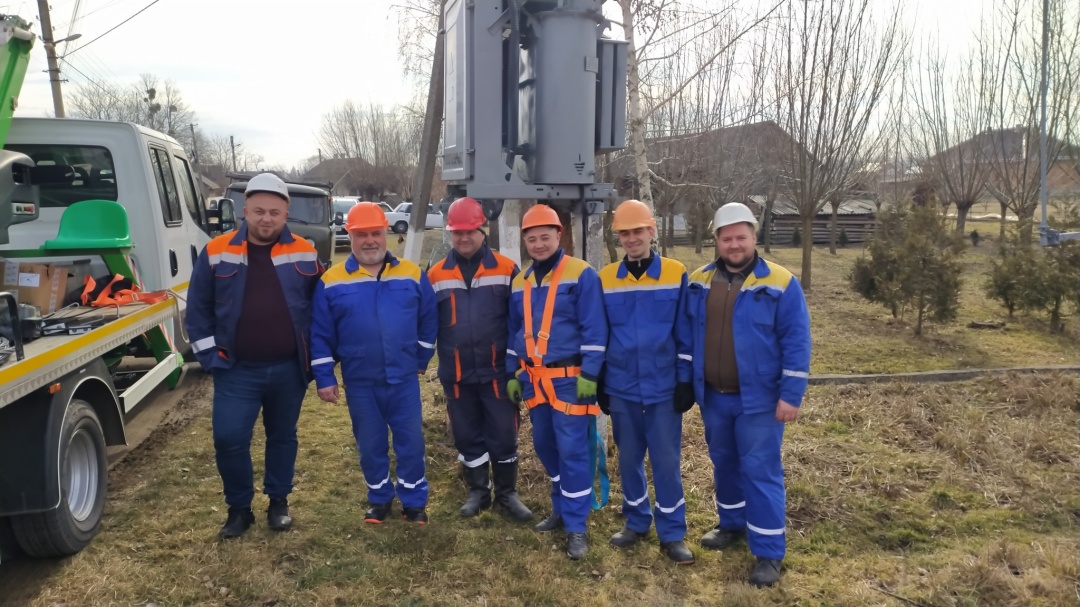
Serhii Hrynko (far left) with his crew
The first crews of Bukovyna specialists led by Serhii Hrynko arrived in the Vysokopillia Community on 1 October 2022. The actual liberation of the occupied right bank of Kherson Oblast had just begun.
“We had to restore 10/0.4 kV substations in the communities to supply power directly from them to the consumers. The other task was to restore 10 kV high-voltage lines to power these substations,” says Hrynko.
The man admits that the first trip to the de-occupied areas of Kherson Oblast was scary.
“The front line ran very close then. We heard both incoming and outgoing fire. Eventually, we learned to distinguish them. At first, we could not understand whether the sounds of explosions came from far away or nearby. And while we were there, the enemy’s bombs destroyed a grain storage facility and a local school in Vysokopillia. I had to go through some not-so-pleasant experiences back then,” the power engineer recalls.

The key mission of the Bukovyna experts was to restore the damaged power lines. But, according to them, there was almost nothing left to repair. They had to lay the grid all over again.
“The transformer substations were riddled with shell fragments, poles were broken, and wires were torn into pieces. In fact, we had to build everything from scratch. We would start with clearing the territory, once we arrived in a community. We would clean up all the debris, and then install new poles, new substations, bring power to those substations and then to consumers,” Serhii Hrynko continues.
He says that some settlements not only had houses ruined by shell fragments, but entire streets of burnt-out households.
“Differences between the centre of the village and its outskirts were noticeable. Closer to the fields where the invaders were stationed, the houses were simply torched. Perhaps, the Russians would burn them intentionally so that no one could observe their positions,” suggests the power engineer.
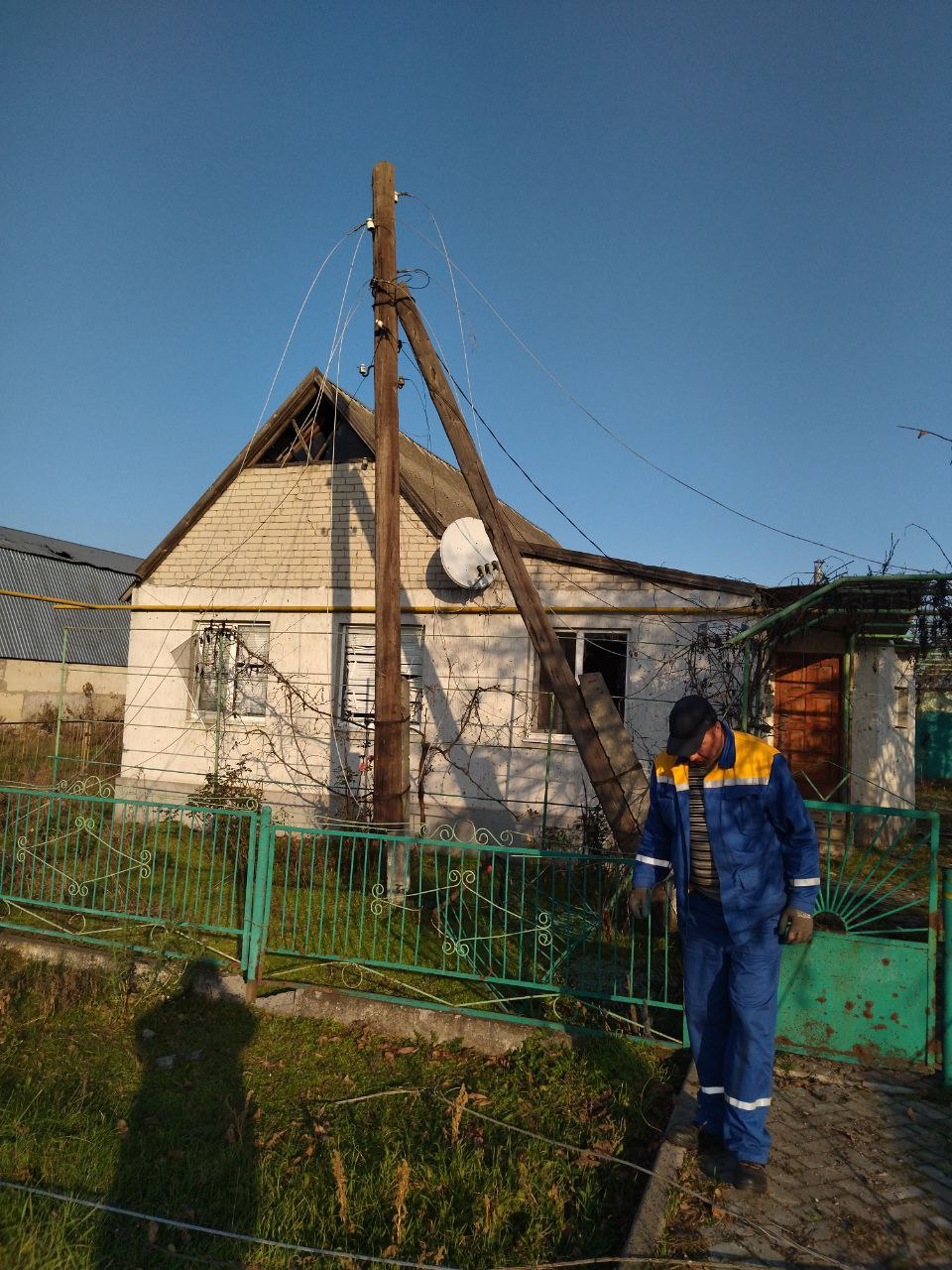
Another striking feature of the recently liberated villages and towns in Kherson Oblast was the destroyed roofs in almost all households. A soon as the Ukrainian authorities returned to villages, they would provide people with blue tarpaulins to cover their roofs.
“If you look at a village from a drone somewhere in Ukraine, the roofs of the houses will have different colours — brown, grey, or red. But when we flew a drone in Kherson Oblast to survey the village area, all the roofs were blue. They were covered with that tarpaulin,” says Ivan Rybak, another power engineer.
IN VYSOKOPILLIA, RUSSIANS LIVED… IN A PIGSTY
Local residents who had lived under occupation for 9 months were generally friendly to the Bukovyna power engineers, treating them to coffee brewed over a fire, often inviting the entire crew to lunch or dinner.
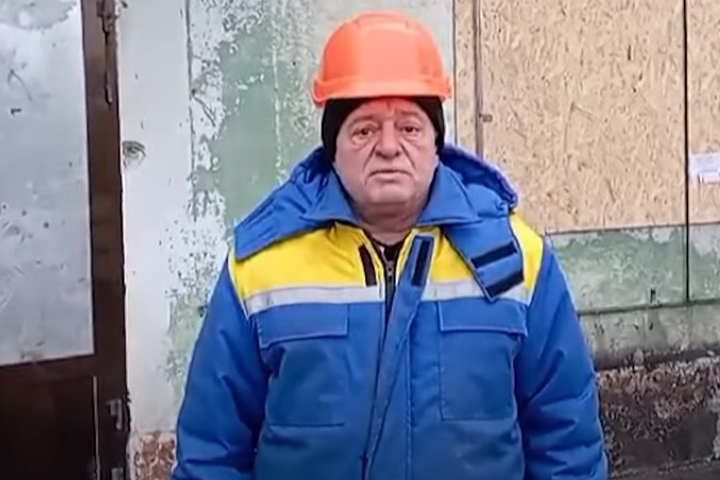
Ivan Rybak
“Of course, experiences varied during these trips. But the locals had the predominantly positive attitude. I remember our work in the small village of Tavriiske. One day, the owners of the house that we were working near came to us and invited us all to lunch. There was no electricity, no gas, but they cooked borsch over a fire and fed us. The following day, their neighbours invited us over and fed us as well. It was nice to feel such a friendly attitude from the people,” Ivan Rybak continues.
He recalled an occasion when the owner of a farm returned to one of the liberated villages in Kherson Oblast. During the occupation, the Russian military were stationed there.
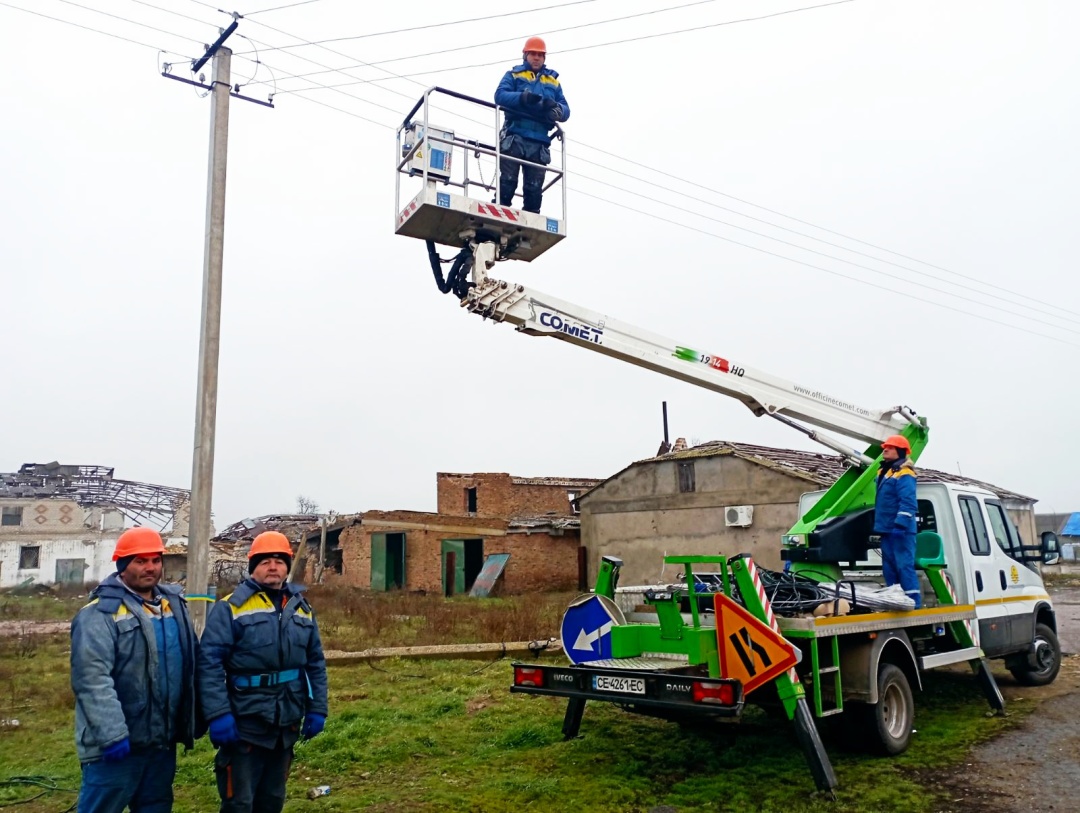
“It happened in Vysokopillia. The owner of one farm came to see what had survived, to restore something, to figure out how to move forward. They had an office building there, where the management and accounting department worked before the war. When the village was occupied, the owners left everything behind and had to flee. Soon after that, ‘orcs’ occupied the farm. The owner invited me to show the invaders’ accommodations. Can you imagine that they took all the furniture out of the office building and moved it… to the pigsty! That’s where they lived: They ate, slept, and went to the toilet alongside the remaining pigs. They would kill and cook the pigs there as well. I don’t understand whether they moved to the pigsty because they were afraid of being hit by a missile in the office building or whether they were born like this and feel more comfortable around pigs. I can’t imagine how anyone could live like that,” wonders the power engineer from Chernivtsi.
He also recalled seeing a minibus full of bullet-riddled TV sets in the same village. The Russian soldiers looted the area and took “trophies”, mostly TV sets, from all the nearby houses. And when they had to flee, they could not take all that stuff with them. Therefore, they decided to machine-gun it all, including the minibus, so that no one could use it again.
The first shifts of the Bukovyna power engineers worked under continuous shelling. They often had to hide in bomb shelters or escape from enemy drones. The left bank of Kherson Oblast was yet to be liberated at that time. The front line was 15–20 kilometres from the newly liberated territories.
A little later, in November 2022, Russian troops began to retreat en masse to the left bank of Kherson Oblast. Restoring the power grid became easier for the specialists. At least the sounds of the explosions subsided and were not felt so close. The danger mostly came from numerous mines and explosive devices in the de-occupied villages. In particular, power engineers recall that the settlements where the Wagnerites had been stationed were the most dangerous places to work.
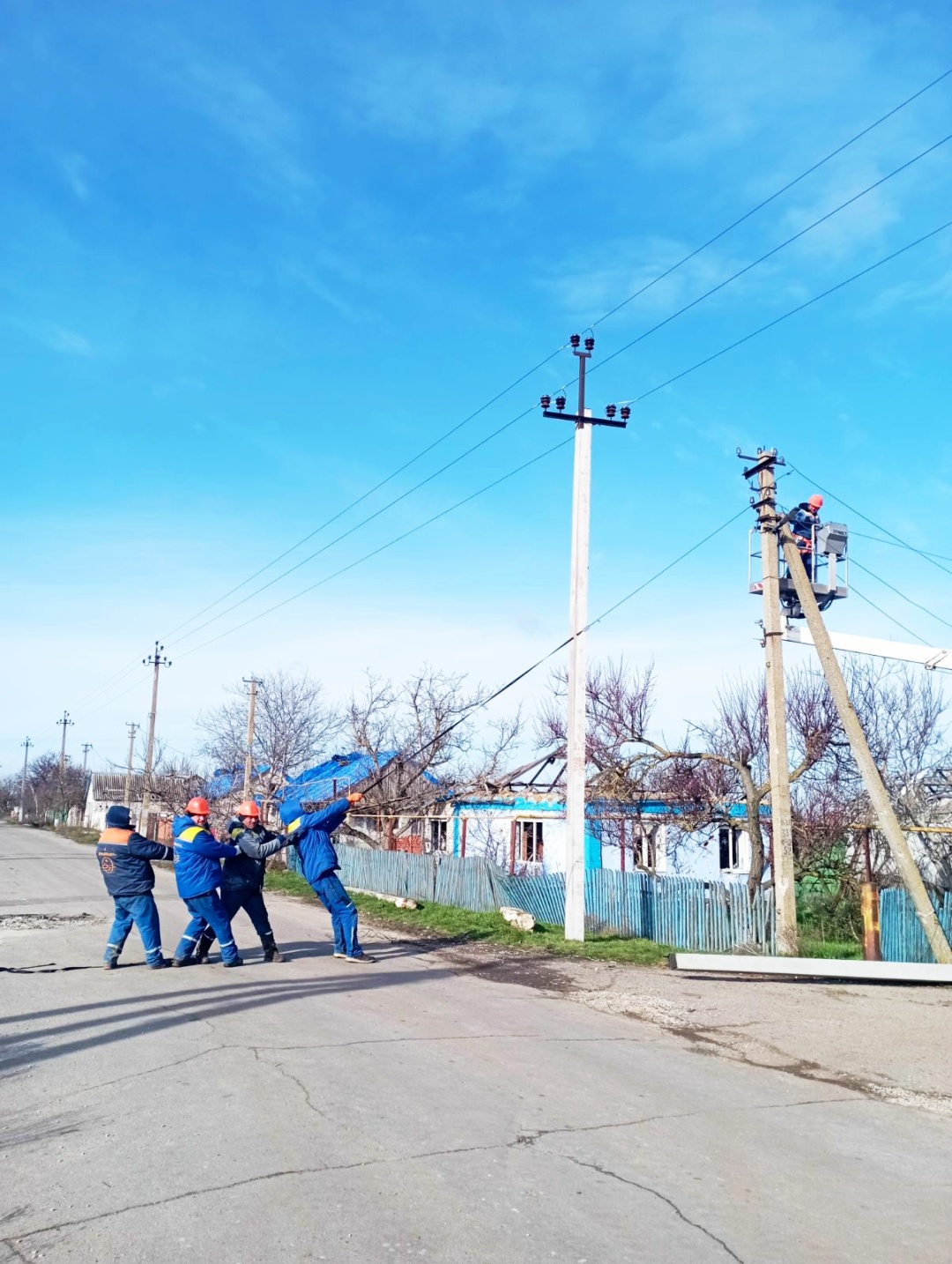
“They did not fight the Ukrainian army. They fought with civilians. After all, is there any explanation to the tripwires and other explosive traps put in places where children run and ordinary people walk — on power poles, road signs, playgrounds, near schools and kindergartens? It’s horrible!” shares his impressions Serhii Hrynko.
A POWER ENGINEER FROM BUKOVYNA TRIPPED A MINE
According to him, the first to enter the liberated communities were the military and EOD specialists to clear the territory of mines. However, no service can fully guarantee that any particular stretch of territory has become safe. It is impossible to predict everything. Things became especially dangerous in the spring, when the grass sprouted and it was harder to spot and defuse the mine traps set by the enemy or any scattered unexploded ordnance.
“Of course, it was easier for us to work after the EOD specialists. But there was still an understanding that you should watch under your feet carefully, because you could step on an explosive stuff any moment,” adds Ivan Rybak.
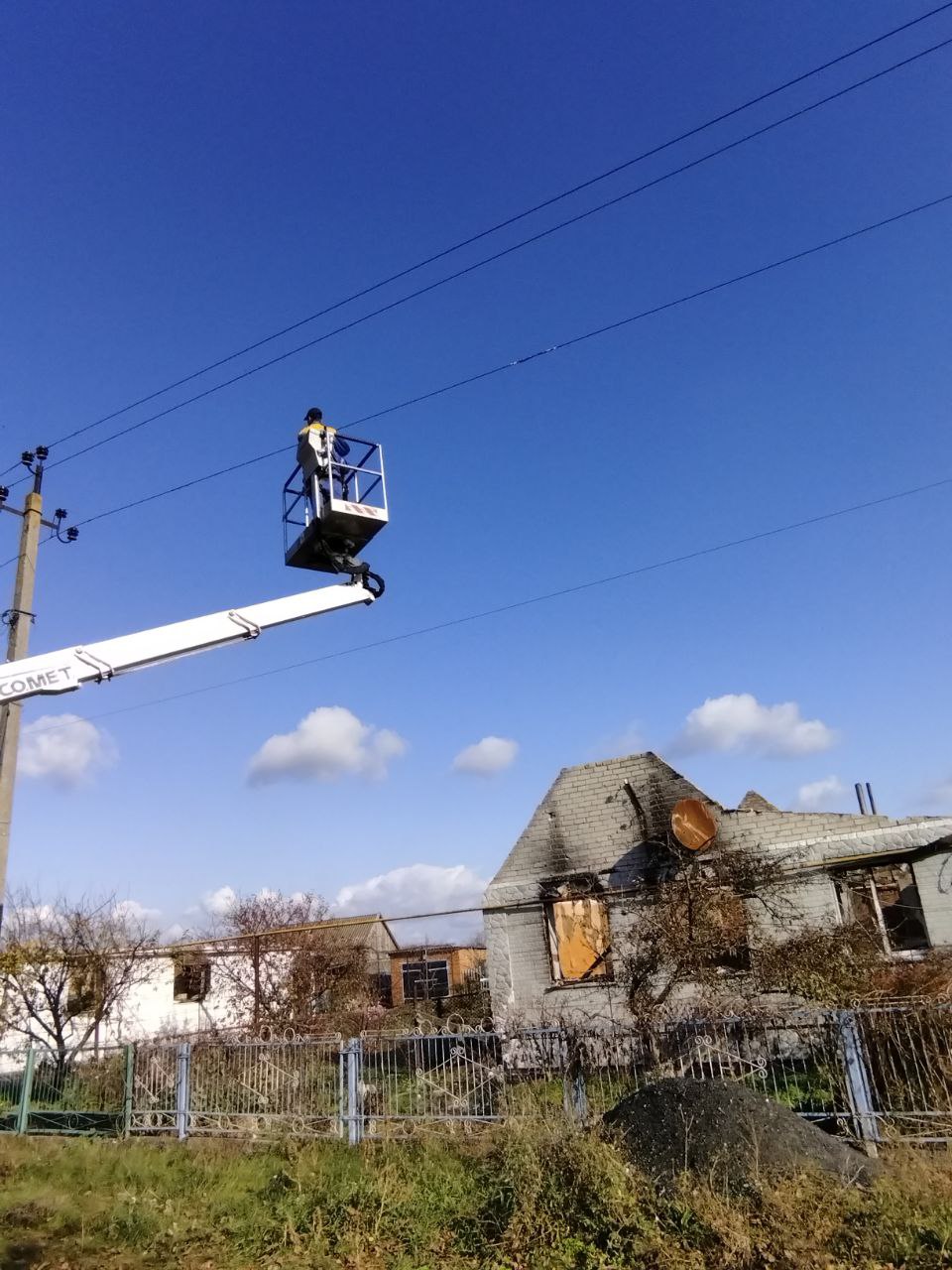
During this period, the Bukovyna power engineers worked almost continuously in the de-occupied areas of Kherson Oblast. These assignments were only suspended for a while when one of the Bukovyna power engineers tripped an anti-personnel mine. The man lost part of his leg.
“For a few weeks, we just tried to get over the stress we experienced. This happened during our shift in the village of Arkhanhelske. The last 0.4 kV line remained to be installed so that power to the village could be fully restored. More than a month had passed since the de-occupation. The village had been cleared of enemies, and people started returning there. Remnants of the shelling had been removed from the street, and children were running around. And there, one of our colleagues stepped on a plastic anti-personnel mine. I used to walk through that place with other crew foremen, and they didn’t notice anything, but he tripped on that thing some time later. In fact, the man lost his leg almost to the knee. From the very beginning and after returning to Chernivtsi, we were always helping our wounded colleague with his treatment and supporting him morally. Then our assignments to Kherson Oblast resumed,” summed up Serhii Hrynko.
Power engineers from Kherson Oblast — colleagues of the Bukovyna crews — also suffered from the enemy hostilities. Once, a Khersonoblenergo vehicle hit an anti-tank mine close to a settlement where specialists from Chernivtsi were working. Three people were killed. Two more Kherson power engineers were killed by Russians shells in Chornobaivka. EOD specialists who worked together with the power engineers are also among the dead.
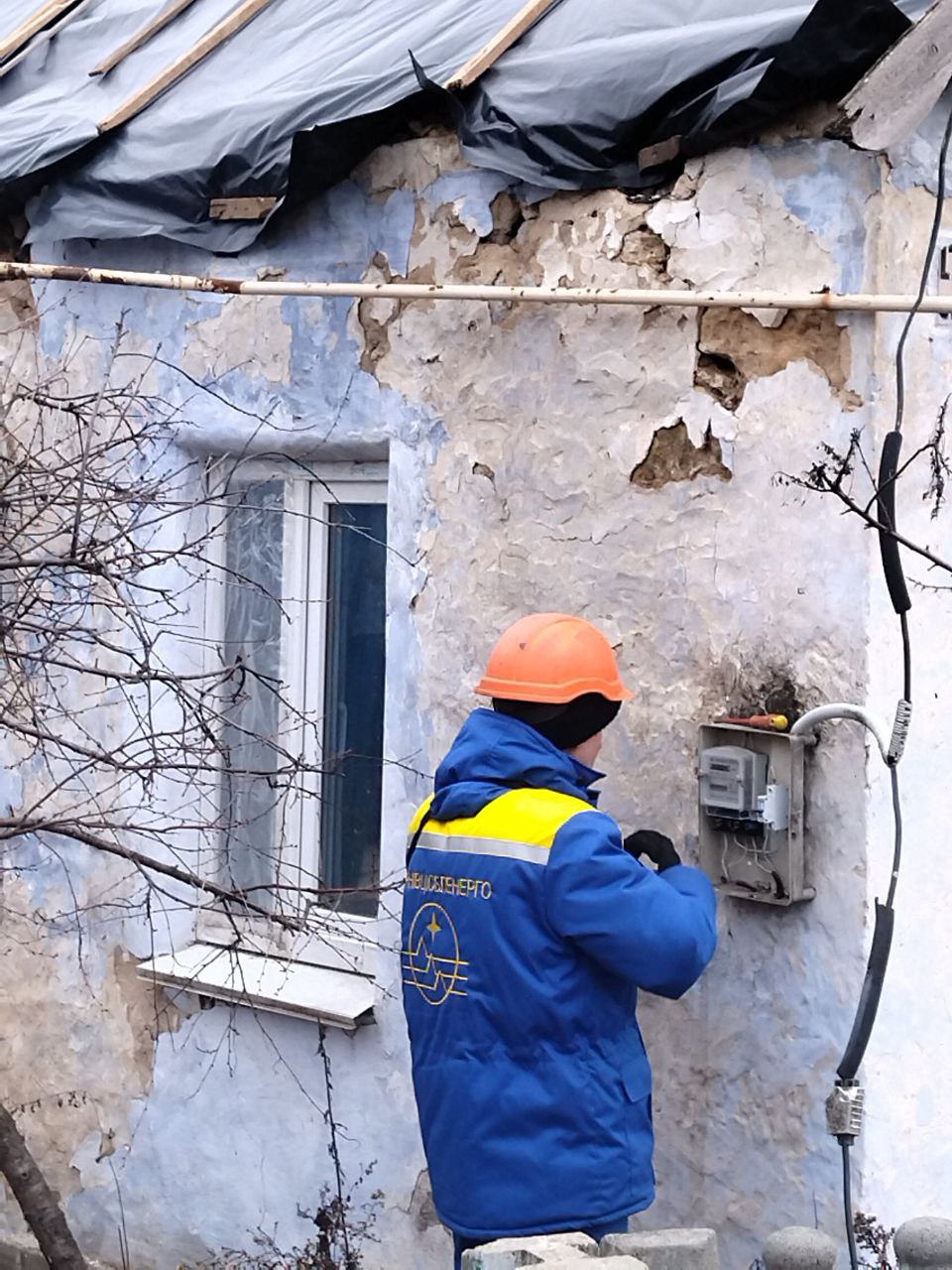
The Bukovyna specialists admit that, despite all the dangers, working in the de-occupied areas was honourable for them. According to them, whenever you restore power supply after a spell of bad weather, it is a job that benefits people, although it is also something that you get used to over time. But it is twice as pleasant to restore power to an almost deserted village that was under occupation, following a prolonged blackout, when it looks as if the community is coming back to life.
“Say, it’s time to go on another shift. We come to a village, mostly inhabited by elderly people with lots of dogs and cats. But over time, we would lay lines, the houses would get electricity one by one, and other grids would get installed. And at the end of the shift, we can see children running down the street, young people walking. It’s nice to feel life returning here. And it’s nice to know that we have also contributed to this with our efforts,” says Ivan Rybak, power engineer.
FYI: From October 2022 to the end of June 2023, Bukovyna’s power engineers restored power grids in numerous communities of Kherson Oblast, in the areas served by the Bilozerka and Beryslav District Power Distribution Companies.
According to rough estimates, more than 21 km of high-voltage 10 kV OHLs and about 90 km of 0.4 kV OHLs have been built in the Tavria Region. More than 700 power poles were replaced. Approximately 240 km of wire was replaced. About 800 service drops to local houses were restored. In total, regular power supply was restored to more than 1.5 thousand household consumers in Kherson Oblast.
Vitalii Oliinyk, Chernivtsi
Photos provided by the press service of Chernivtsioblenergo JSC

